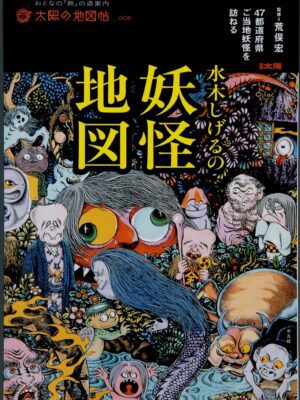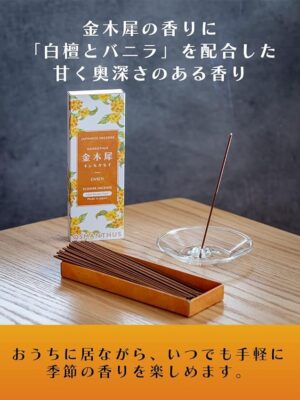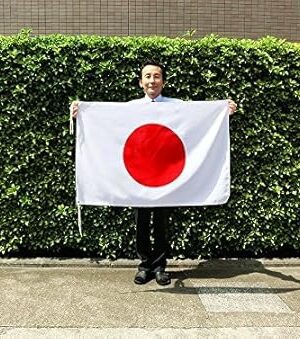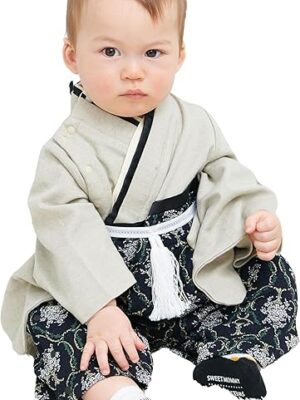The legend of Oiwa and who she really was couldn’t be more different. But today people have one shrine to pray to the real Oiwa’s lucky stones, t wo for protection from the vengeful ghost created by the Kabuki play, and her real grave site where people go to pray for help from the Kabuki ghost. Have fun exploring the rather crazy legend of the Horror of Oiwa.
']
Tokaido Yotsuya Kaidan Jinjas (Shrines) & Temples
The Shrines and Temples to Pray for Protection from Oiwa’s Terrifying Onro (Vengeful Ghost)Share this Post
The Four Shrines and Temples for Protection from the Vengeful Spirit of Oiwa From the Tokaido Yotsuya Kaidan (Yotsuya Horror)
Fact and Fiction of the Tokaido Yotsuya Kaidan
Oiwa Tamiya was a real life woman who was born in the 17th century into an offshoot family of the powerful Tokugawas, the Shoguns of Japan. She and her husband had some financial difficulties so he went to work for a merchant family. While working for them he came into possession of two very large rocks which were put in his garden behind his house. Oiwa prayed to the rocks for good luck and prosperity. Over time and hard work they did become a very prosperous family. The neighbors came to believe that the source of their good fortune was praying to these magic lucky stones. So they began to do it as well. The stones became very famous and came to be known as Oiwa Inari, or Yotsuya Inari. Sometime after she passed away it seems the a real shrine was built over these stones. Later a Kabuki play-write named Tsuruya Nanboku IV in 1825 called “Tokaido Yotsuya Kaidan”. The play was based on two sensational real-life murders. A samurai discovered his concubine (think prostitute under a long term exclusive contract to one customer) was having an affair with a servant. So he nailed them both to a wooden board and threw them into a river. The next was of two servants who murdered their master, were caught and executed the same day. At this time Oiwa Tamiya and her prosperity rocks were still famous. So Tsuruya decided to picky-back their fame by adding her and her family’s names and general location to the story. It worked so spectacularly well that today the horror story is mostly well known and is considered to be mostly true, while the real life people have passed into obscurity. The play is about a woman named Oiwa who marries a masterless samurai who turns out to be a total sociopath. When about to leave her husband he kills her father unbeknownst to her, then offers to help her find his murderer if she would return to him. She chooses to trust him and eventually is poisoned by a rival family who want to marry their daughter to him. The poison works to horribly disfigure her. Her husband no longer attracted to her tries to get his best friend to rape her so that he could claim infidelity and divorce her. Well she is at least saved from this, but realizes how horrifying her appearance has become and somehow cuts her own throat. Her ghost comes back again and again to terrify her husband into murdering the other conspirators and finally drives him insane. Eventually the shrine to Oiwa Tamiya’s two rocks burnt down and was rebuilt not in the original Yotsuya district of Shinjuku ward, but in Chuou ward! They are still there today. However the shrine in Yotsuya has been rebuilt, but is strongly associated with the Kabuki play even though there is a plaque outside giving some details about the real life Oiwa Tamiya. The Buddhist temple nearby was built at a similar time to the rebuilding of the shrine, but is unabashidly all about cashing in on the Oiwa vengeful spirit part of the story. Oiwa Tamiya’s grave at Myoukou temple near Ikebukuro station has also became a place of fascination for the morbidly inclined. It was rumored that there were strange happenings and accidents during the Kabuki and movie productions of the Yotsuya Kaidan. So actors and actresses would travel to the shrine or temple in Yotsuya, and maybe her gravesite in Toshima ward, to ask for her favor and not to attack them or make strange accidents happen to them. Now here I can see the ghost of the real Oiwa Tamiya not being happy with what was being done with her good name and trying to put a stop to it! However the people praying are definitely praying for protection from the Oiwa Onro (vengeful spirit), and not to the apparently sweet lady with magic rocks that made people rich.Oiwa Inari Tamiya Shrine : Chuou Ward Tokyo : 於岩稲荷田宮神社
This shrine contains the legendary rocks that were supposed to have brought prosperity to the real life Oiwa Tamiya and became an object of worship all their own with people calling it reverentially Oiwa Inari, Yotsuya Inari, and so on. They were located at the house of Oiwa Tamiya where people in the neighborhood came to pray to them for prosperity. In 1908 the shrine dedicated to these rocks burnt down and they were moved from Yotsuya in Shinjuku ward to this newly built shrine in Chuou ward, which became the new shrine headquarters. Later, a new shrine and a temple were built at the old location in Yotsuya, but the shrine official office and the revered rocks remain here. The fame and stories of the rocks’ power attracted the attention of the Kabuki actor who penned “Tokaido Yotsuya Kaidan” and named the main character after Oiwa as well as made the setting the area where she once lived to get some extra attention for the play. It is said that the first Kabuki actor, Ichikawa Sadanji, once owned this shrine. This shrine is a favorite of people from the Hanayagi world and people involved in Kabuki. The lower part of the Tori gate is in the shape of a flower-shaped necklace. People come here to pray for prosperity, good health, advancement in the arts, and safety from disasters.Yotsuya Tamiya Shrine : Shinjuku Ward Tokyo
The original shrine where Oiwa Tamiya went to pray regularly was dedicated to two rocks in the garden of her house. People came from all around to pray to these rocks to have the same steadily built prosperity as Oiwa Tamiya. The shrine for these rocks burnt down in 1908 and the rocks were moved to a newly built shrine in Chuou ward. Later the current shrine was rebuilt here and became an object of attention because of the Kabuki horror play. Though in real life Oiwa Tamiya was a scion of an offshoot family of the Tokugawa family and had a mostly good marriage with plenty of success, the Kabuki story, that borrowed her name and general area where she lived for free publicity and easy name recognition, has become all that people today remember. The Kabuki play “Tokaido Yotsuya Kaidan” has become so famous that this shrine to prosperity is now considered to be one of the most haunted places in Tokyo and is even a stop of tours of Haunted Tokyo. This isn’t a new development. Apparently mishaps that resulted in injuries during Kabuki performances of the play and even on set of several of the movies has prompted actors and actresses to come to this shrine to ask for protection from the vengeful spirit of Oiwa. In fact the Onryo (kind of blindly vengeful spirit) of Oiwa is said to be the cause of so many suicides in the Shinjuku area at large, which also prompts some people to come to this shrine and pray for protection. Shinjuku ward of Tokyo is the real life suicide capital of Japan.Yōunji Temple : Shinjuku Ward Tokyo
According to the temple’s website in Japanese it contains wooden replicas of the Oiwa Inari rocks that are currently enshrines at the Oiwa Inari Tamiya Shrine in Chuou ward. By admission of the temple’s information page its purpose is as a place to pray for mercy from the vengeful ghost of Oiwa and for success in general. There is a statue of Oiwa in the temple and actors and actresses come here to pray for protection from Oiwa and the success of their production when performing Tokaido Yotsuya Kaidan in theatre and film.Myoukou Temple : Toshima Ward Tokyo
The temple where Oiwa Tamiya is buried. Though she died of natural causes at a ripe old age, people come here to pray for either protection or help from her spirit in connection to the Kabuki play. It is said that if you go there with an earnest request and ask for her help politely she will be well disposed to you, but if you go because you are interested in the curiosity of her final resting place then your eye will become deformed just as her Kabuki alter self did. If you feel like testing this out her grave is toward a tori gate near the back of the grave yard and an old tree. Look for the kanji “於岩”, “O-Iwa“.Reference
Website for the Oiwa Inari Tamiya Shrine (in Japanese) 於岩稲荷田宮神社Website about the Yotsuya Tamiya Shrine (in Japanese) 四谷田宮神社
Website for the Temple (in Japanese) 陽運寺
Website about Myoukou Temple (in Japanese) 妙行寺
|
|
If these articles have helped you in any way please feel free to click here to help support us by making a donation on PayPal
Buy me a coffee, or two, or three ;-D

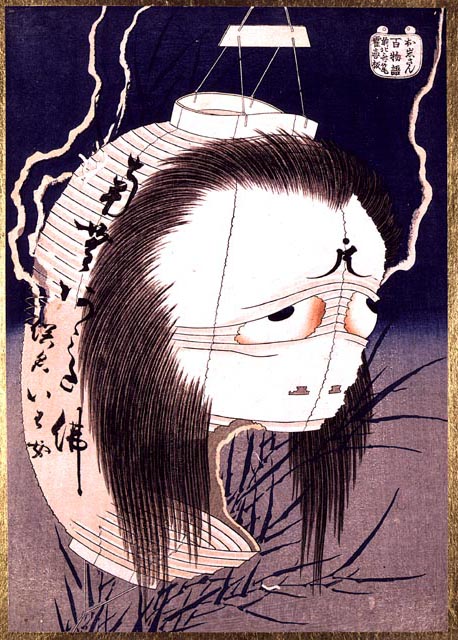



![[商品価格に関しましては、リンクが作成された時点と現時点で情報が変更されている場合がございます。] [商品価格に関しましては、リンクが作成された時点と現時点で情報が変更されている場合がございます。]](https://hbb.afl.rakuten.co.jp/hgb/18eb0041.97c397e4.18eb0042.fd8274c9/?me_id=1278256&item_id=16183324&m=https%3A%2F%2Fthumbnail.image.rakuten.co.jp%2F%400_mall%2Frakutenkobo-ebooks%2Fcabinet%2F5465%2F2000004955465.jpg%3F_ex%3D80x80&pc=https%3A%2F%2Fthumbnail.image.rakuten.co.jp%2F%400_mall%2Frakutenkobo-ebooks%2Fcabinet%2F5465%2F2000004955465.jpg%3F_ex%3D240x240&s=240x240&t=picttext)





